The curious tale of Sunderland's concrete shipwreck SS Cretehawser at South Hylton
and live on Freeview channel 276
Stranded on the riverbed near Claxheugh Rock, South Hylton, she’s been shipwrecked for decades.
The unusual vessel came to even more people’s attention with the creation of the Northern Spire bridge close to her location, but there’s long been urban myths about the mystery shipwreck.
Advertisement
Hide AdAdvertisement
Hide AdSo how did she get there and why was she made, of all things, concrete?
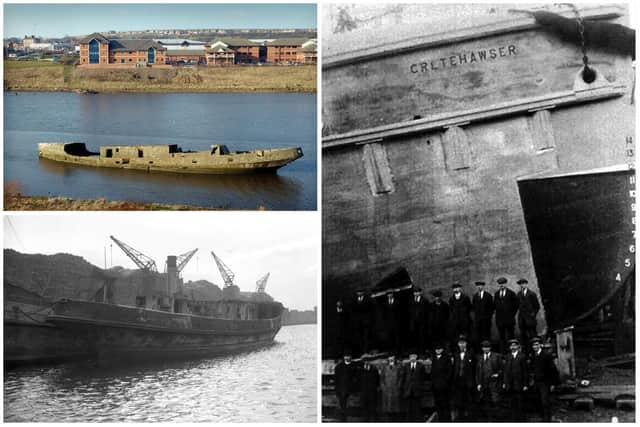

Why concrete?
It seems odd that any ship would be built of concrete but the decision to use that material was taken during the First World War, after the country suffered huge shipping losses which was caused by enemy submarines.
It was hoped that concrete tugs would be cheap to build and, even if they were damaged, they could just be repaired by using an application of fresh cement.
The only parts on the tugs that were made from wood were the bridge and part of the deck.
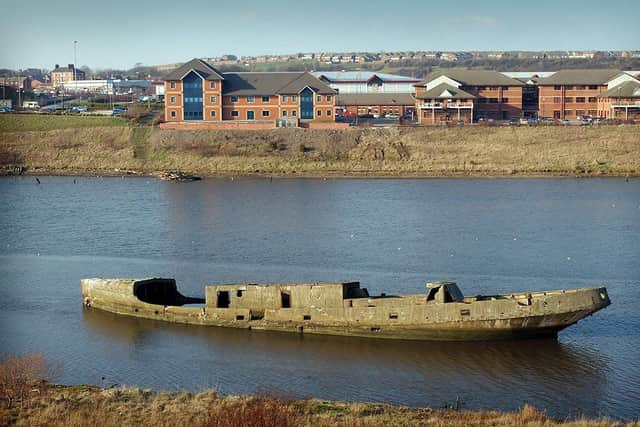

Advertisement
Hide AdAdvertisement
Hide AdWith this in mind, Cretehawser was built at Southwick by the Wear Concrete Building Company.
The Wear Concrete Building Company had opened on the river in 1918 in order to build in an alternative material to steel.
The plan was not without its difficulties, though.
Construction work was dependent upon the weather as frost prevented work altogether and hot weather dried the concrete too quickly. During building, a waterpoof compound was added to the concrete.
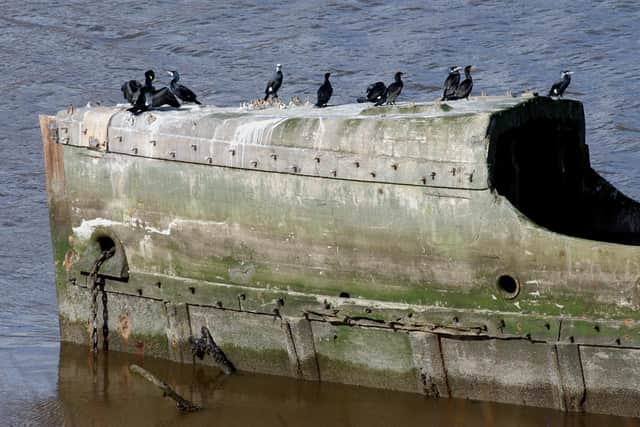

Working life
Legend has it that Cretehawser was purpose built as a decoy to lure German bombers away from the shipyards, but she was, in fact, very much a working vessel.
She was launched on Saturday, March 15, 1919.
Advertisement
Hide AdAdvertisement
Hide AdThe Cretehawser was a sea-going tug of 262 tons, 125 feet in length and usually had a crew of 12 people.
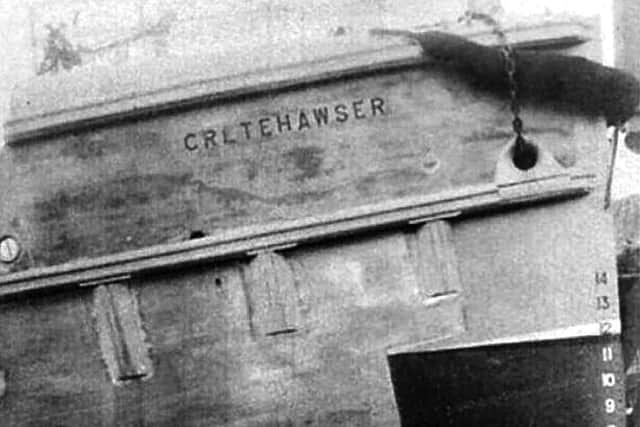

She was quickly followed by her sister tugs, Creterope and Cretecable from the same yard. They were designed to tow large concrete barges carrying iron.
Nine other concrete tugs were built at other yards in the country and that included six at Shoreham and two at Amble and all the tugs were given names starting with the prefix Crete.
However, once the war was over, the tugs found it difficult to compete in the large shipping market.
That was because it was discovered that they were costly to operate and carried high insurance premiums and harbour dues.
Advertisement
Hide AdAdvertisement
Hide AdCretehawser carried on working until 1935 before being sold to the South Stockton Shipping Company for scrap.
Along with another concrete tug, the Cretestem, she was then bought by the River Wear Commissioners.
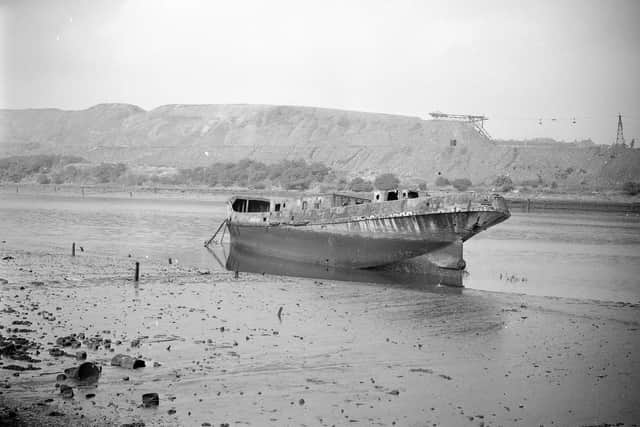

Both were moored in the South Dock with the intention of using their hulls as an emergency in the event of winter storms ever breaching the breakwaters near the pier.
Wartime bombing
The sister tugs remained in the South Dock until 1942 when, during a German air raid in the Second World War, both concrete tugs were damaged and holed.
Advertisement
Hide AdAdvertisement
Hide AdThe remains of the Cretestem were quickly towed out to sea and dumped but the Cretehawser was left in the dock.
However it eventually became a hazard to shipping within the dock and, as a result, had to be removed.
But instead of being dumped at sea, a decision was made to tow it up the river and this was duly carried out by the tugs Annie Ritchie and Cinema Star.
It was eventually left opposite the old Hylton Colliery, which is close to where she was first built.
There she lies quietly today.
